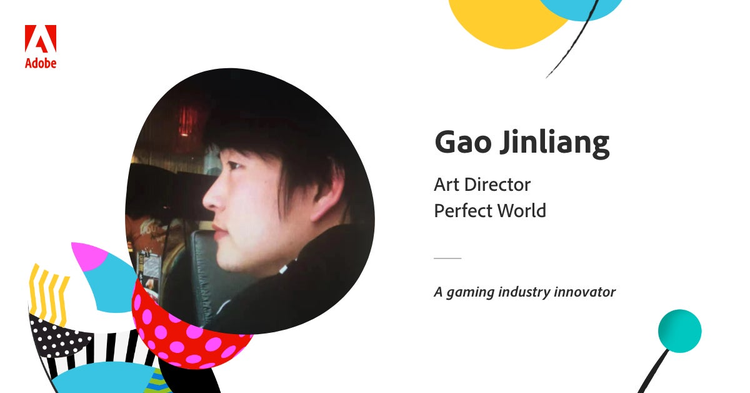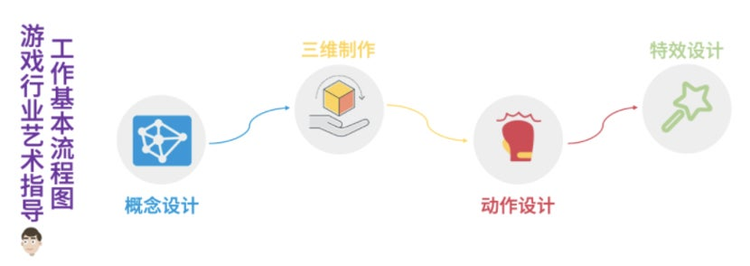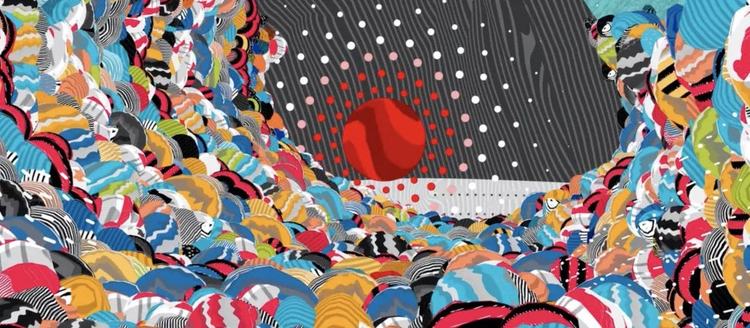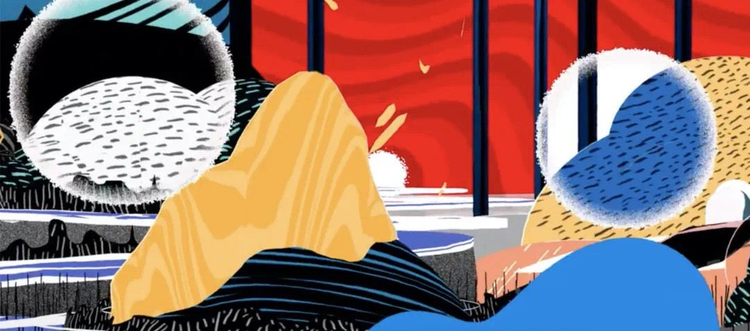Post-COVID Insight: Creative technology fuels growth in China’s gaming industry
In this edition of post-COVID insights, we speak to Gao Jinliang, Art Director of Perfect World Games, to talk about the gaming industry, it’s growth and the post-pandemic trends that lay ahead.

In the post-COVID era, what challenges and opportunities will innovators face? How will they respond to changes and seize opportunities? To find out, we’ve launched the “Post-COVID Insight” series, inviting innovators in different industries to share their insights and views on the post-COVID era.
In early 2020, revenue in China’s gaming market hit RMB 73.2 billion, up RMB 14.7 billion from the end of 2019 — 25.22% month-on-month. And while the gaming industry, alike most, has been impacted by the pandemic, for the majority it has bucked the trend and grown.

For this edition, we spoke to Gao Jinliang, Art Director of Perfect World Games, to talk about the gaming industry, it’s growth and the post-pandemic trends that lay ahead.
What is a gaming art director?
Many people are curious about the art direction profession within the gaming industry and what the role entails.
Unlike typical designers, an art director in the gaming industry does phased and modular work. At the beginning of game development, they define the overall style, maintain the theme of a project according to the target user group and product positioning, and determine the overall product style through multiple aspects and different visual effects.

The gaming industry amid the pandemic
The impact of the pandemic has not been limited to individual companies but also across the industry chain. Gao believes that while the pandemic has had less impact on larger gaming companies, it has affected work that is more confidential or has specific equipment requirements. During the peak of the pandemic, projects as such were often delayed because staff members couldn’t go to the office or work together as required. Other impacts included rising costs and less communication efficacy due to remote work.
Meanwhile, small and medium-sized gaming companies have been hit harder. The pandemic’s impact on the market economy has affected the ecosystem upstream and downstream, including investors, partners and outsourcing service providers. As a result, companies with relatively simple functions and close ties with the industry chain have suffered more severely.

What does the future look like for the gaming industry?
In terms of the long-term impact on the gaming industry, Gao believes that technology remains the biggest driver of the industry’s change – not the pandemic. With the development of 5G technology and cloud gaming, the industry needs to not only hit “play” after the pandemic hit “pause”, but also “fast forward”.
The progression of 5G and its industrial applications have not only made networks faster but also changed what users expect from their gaming experiences. Boosted by 5G, gaming will no longer be limited by hardware constraints. Rather, major production games that once were installed and ran locally will be transformed into light workload games that run on the cloud. Users will soon encounter these higher quality games on any device, inevitably shifting focus away from hardware configuration to more refined and realistic experiences in all settings.
As 5G gathers pace, game creators should take on a “haste makes waste” mindset to excel in their specialised fields and innovation. After all, only quality can ensure that the strongest products stand out from the competition as more users measure the success of games in line with their experiences.

The power of creativity
In the face of a future driven by technology, Gao says that creative teams will continue to face changes. With the growth of the connected ecosystem, resource acquisition, production and purchasing will become easier. Once technical barriers are broken, games will be differentiated according to customised visual designs. As such, designers need to devote more energy to personalised visual presentation and provide much-needed new experiences. To do so, cutting edge technology needs to be implemented that will equally help designers combat repetitive and mundane work efficiently.
In the era of digital creativity, the insights gleaned from user data also form a critical cornerstone in creating more personalised gaming experiences. However, not the only criteria to cater to users and develop original content. To do so, designers need to leverage the power of creativity and effectively balance and integrate user demand with their personalised expressions.